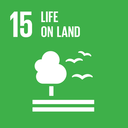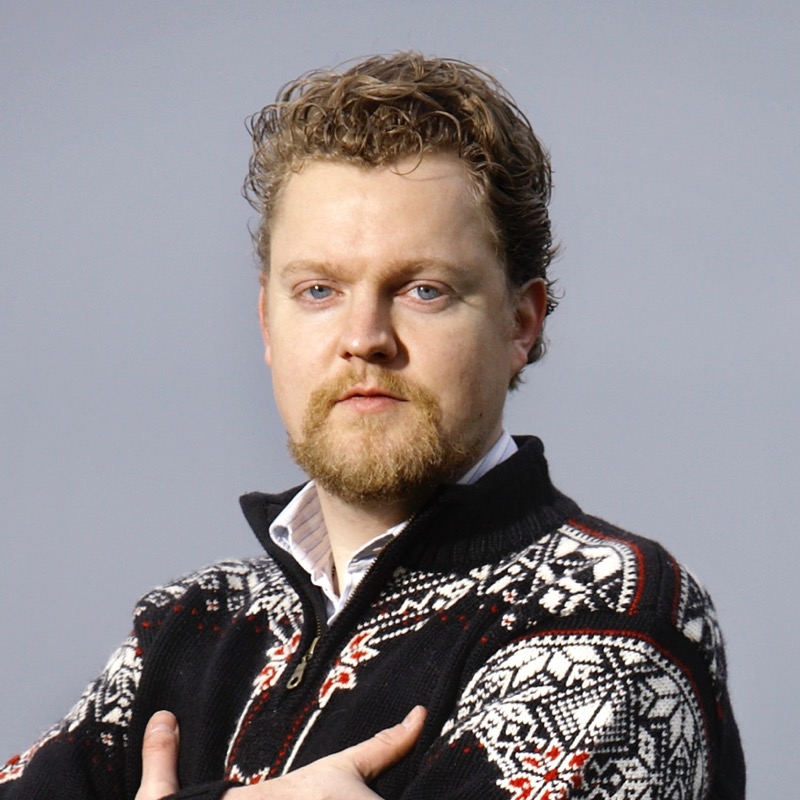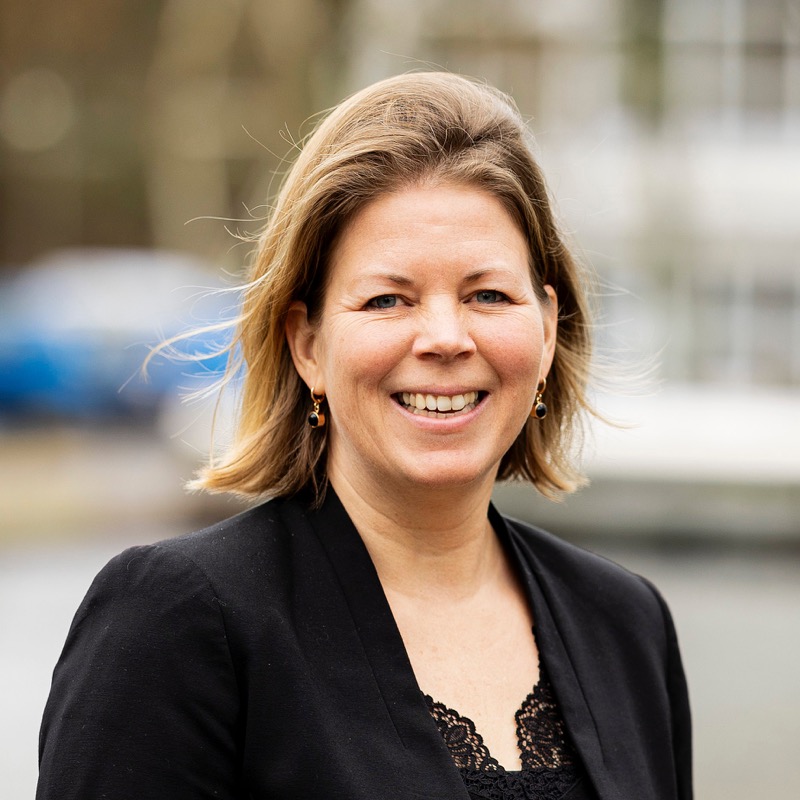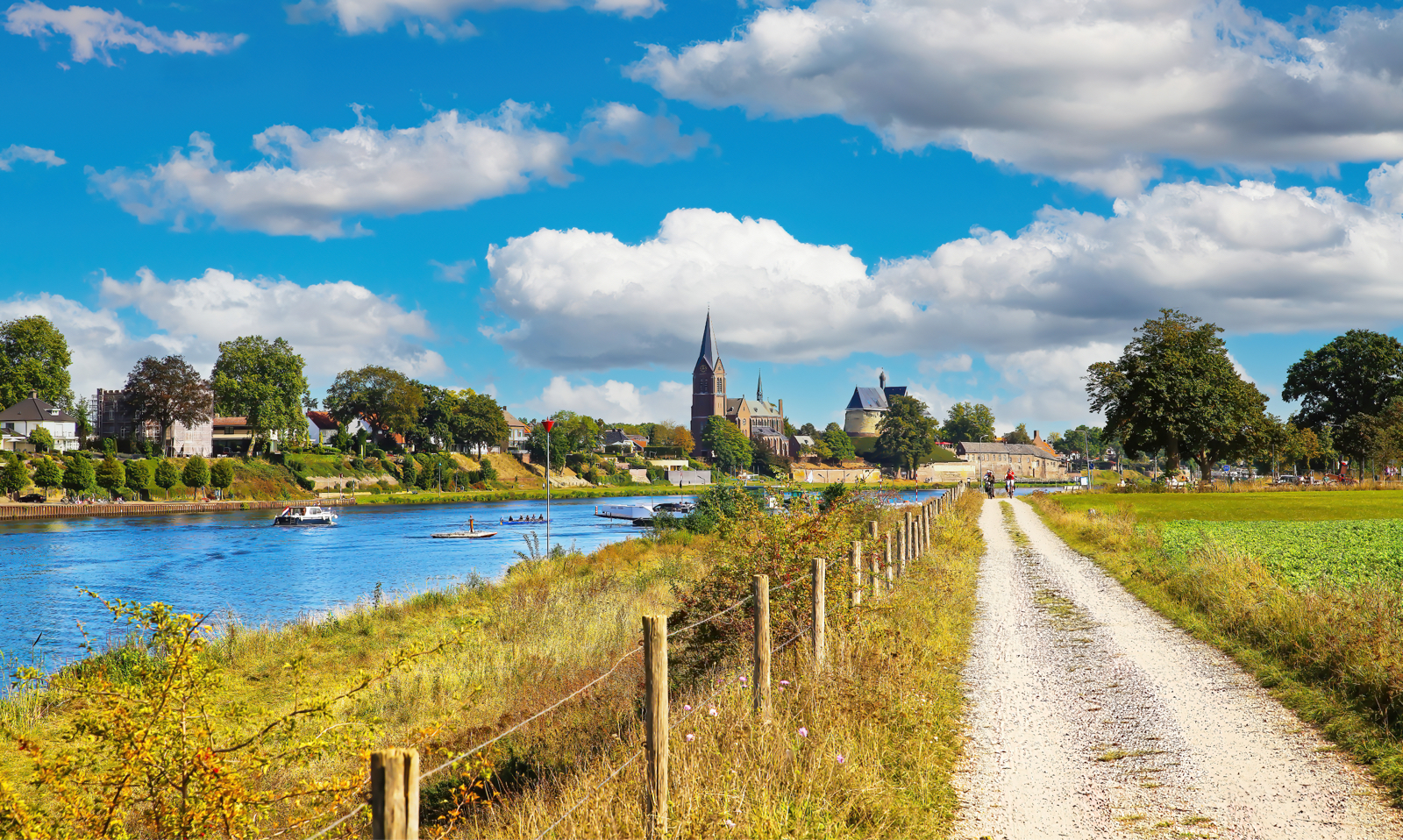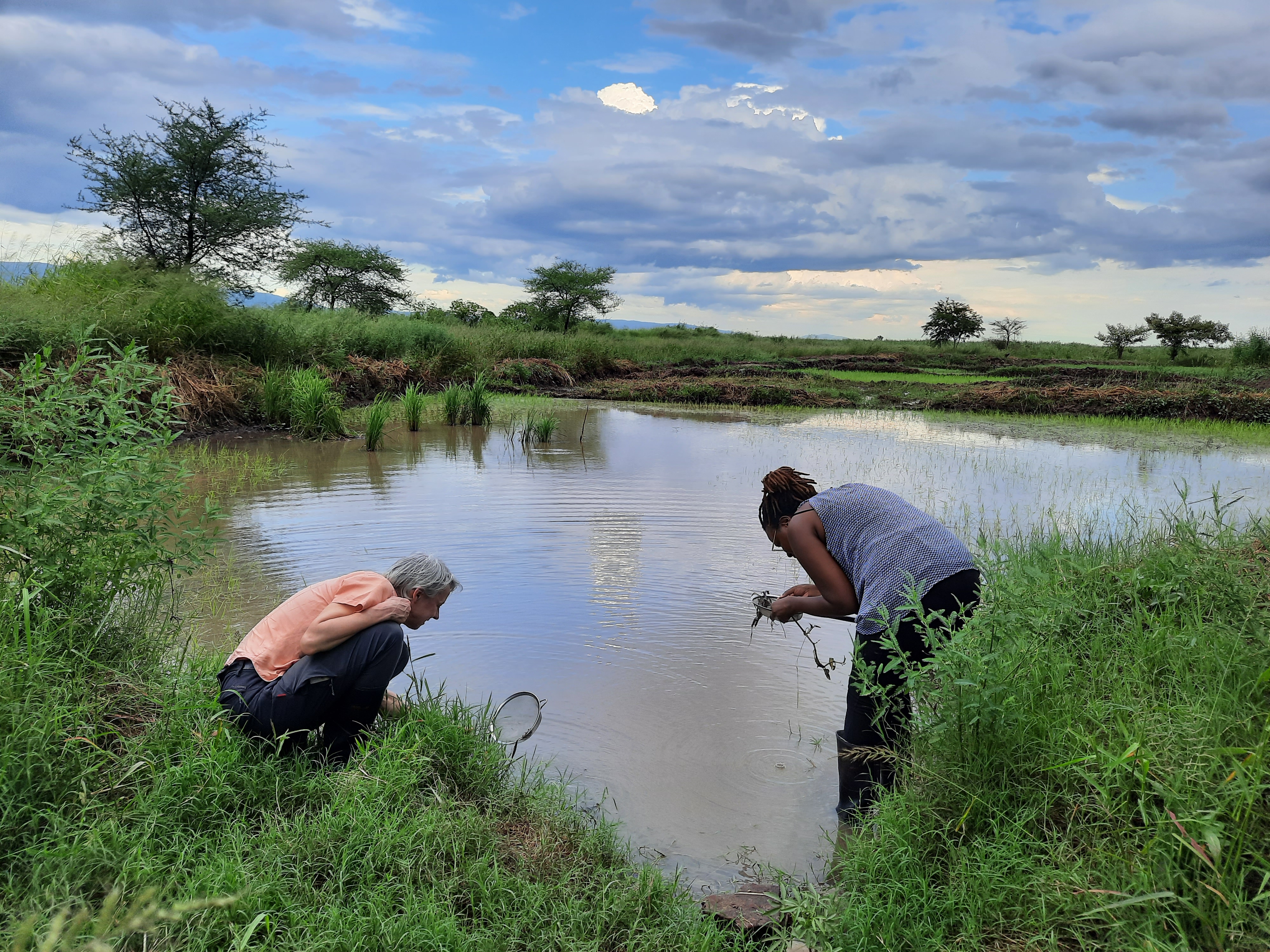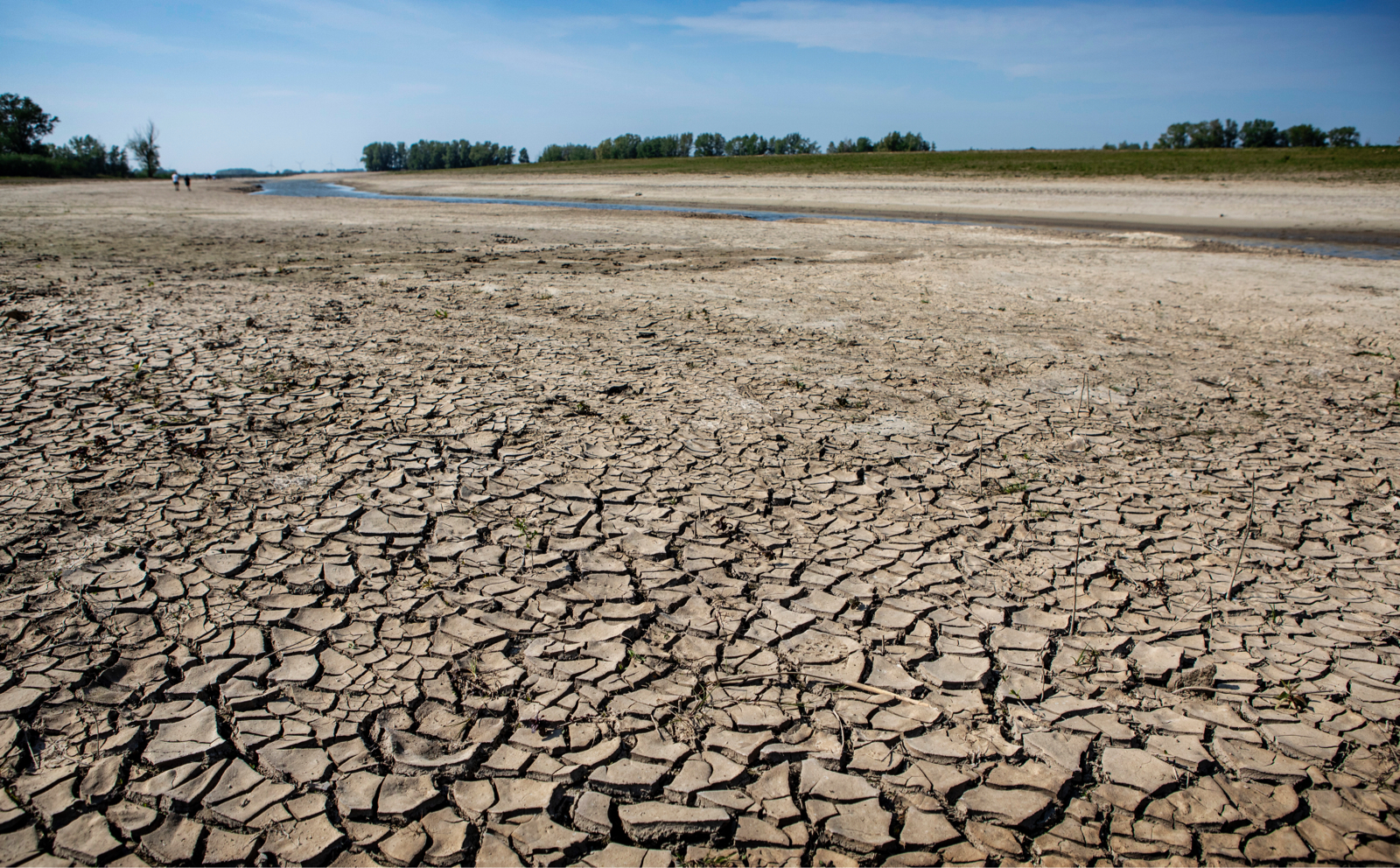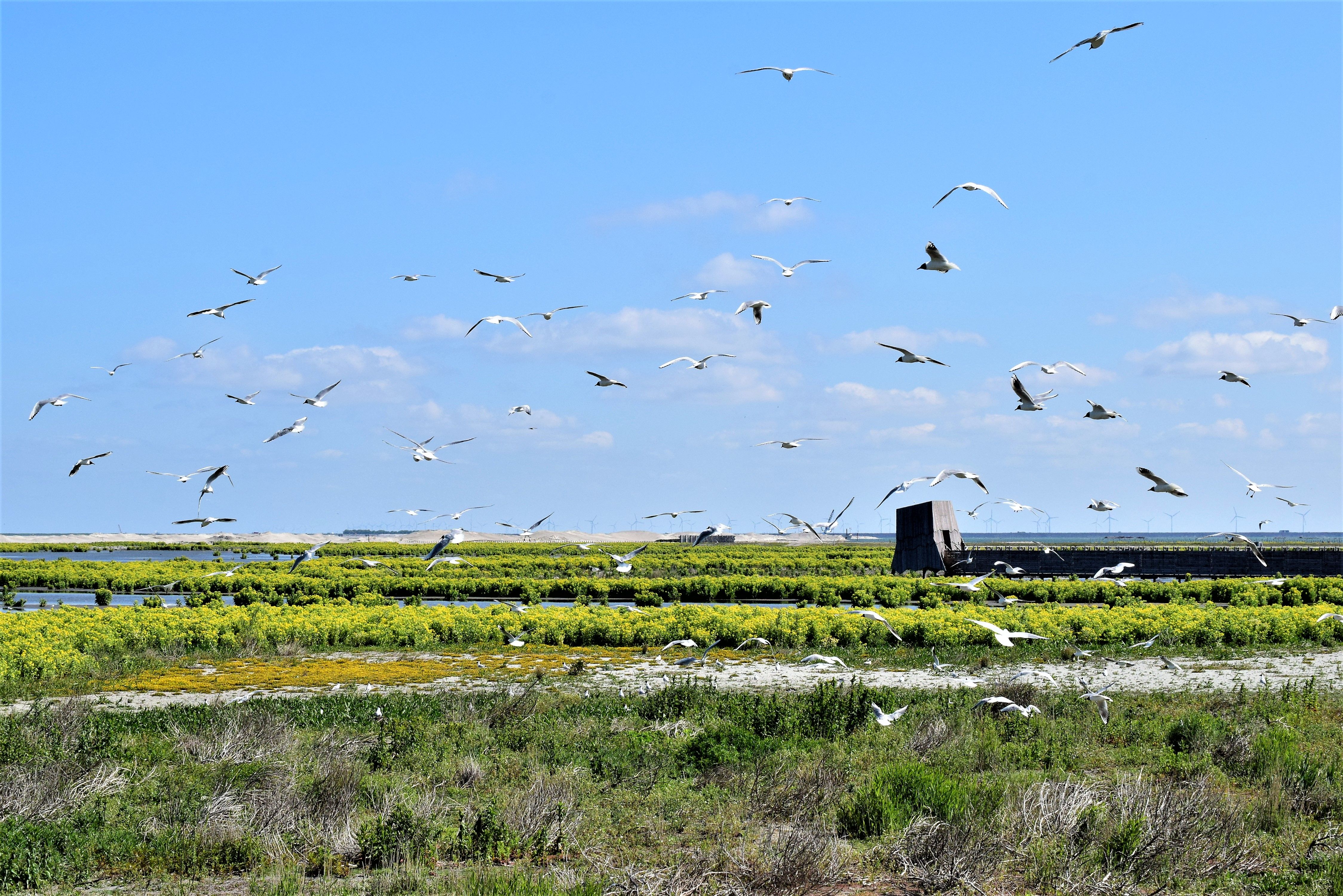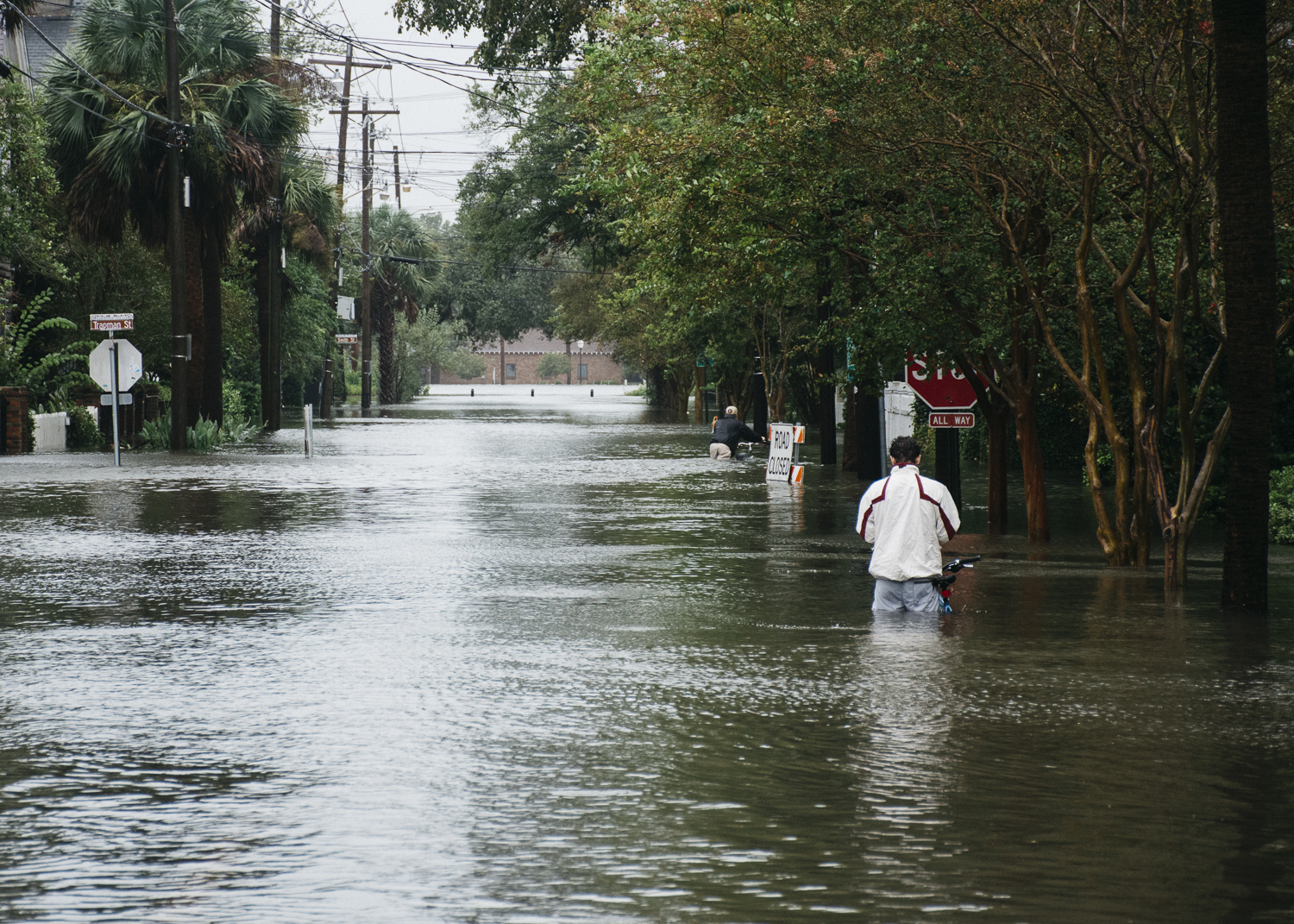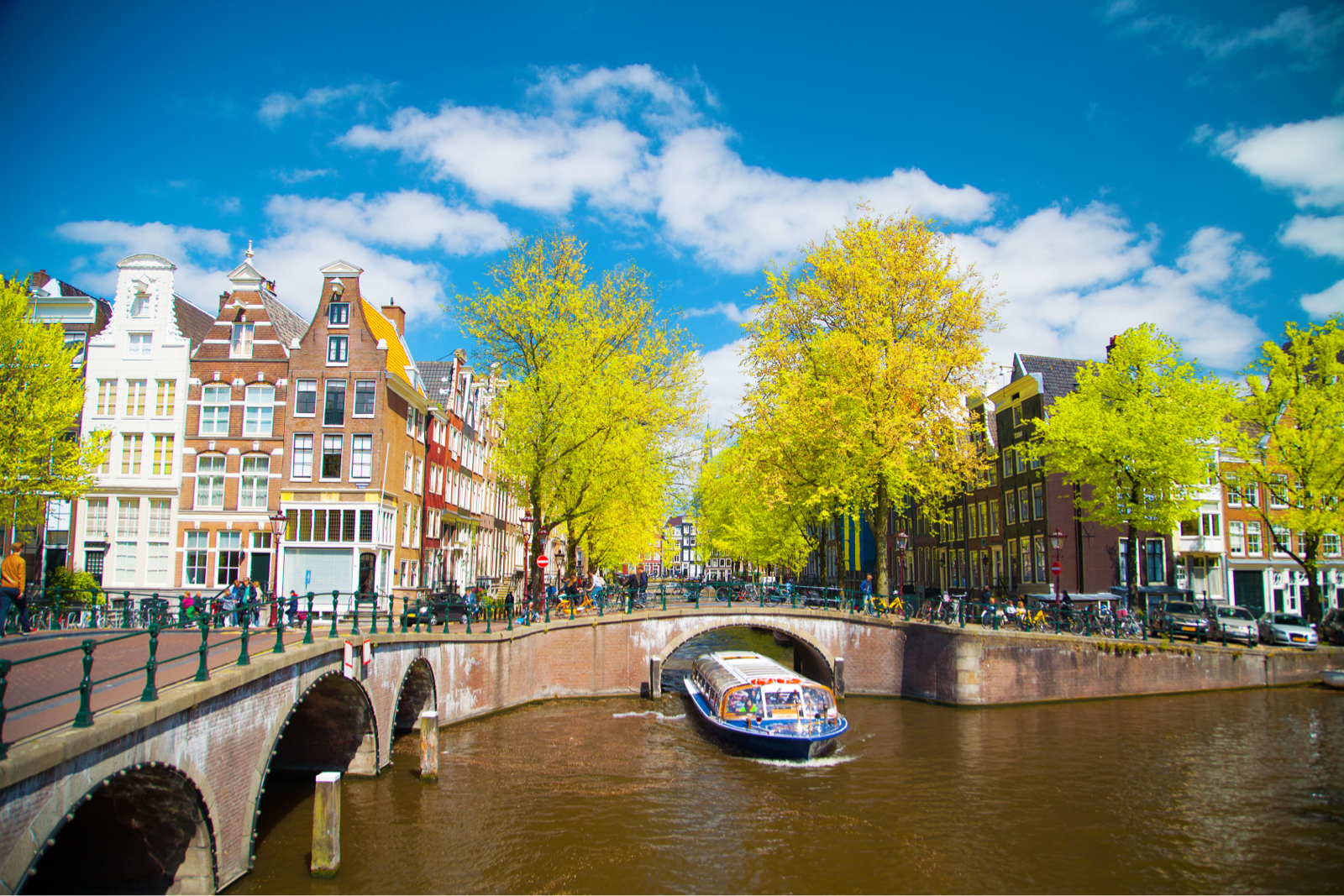Land subsidence: Learning by doing
Land subsidence is a local problem, manifesting itself on a global scale, that affects large numbers of people in low-lying areas around the world. It exacerbates flood risk, damages buildings and infrastructure, and leads to greenhouse gas emissions in peatlands. The economic losses amount to billions of euros annually. Innovative technologies and approaches are urgently needed to reduce land subsidence and the associated damage in the future.
The Tenth International Symposium on Land Subsidence
Deltares and its partners brought together international researchers, experts, and policymakers to share the latest research and insights at the UNESCO Tenth International Symposium on Land Subsidence (TISOLS) in April 2023 in the Netherlands. The symposium intensified awareness that land subsidence is a global issue and that areas around the globe can learn from each other to design targeted strategies and solutions for the challenges facing long-term sustainable living conditions in subsiding areas. The final day in Gouda was devoted to bringing science and policy together. After high-level introductions, the situation and approach in three global cities – Venice, Shanghai and Houston – were compared with the Netherlands. Experts from the Dutch Land Subsidence and Foundations Knowledge Centre and partners described the issues facing the country and the approach. The day also saw the official opening of the Land Subsidence and Foundations Knowledge Centre in Gouda.

Official opening Knowledge centre
'Land subsidence affects millions of people in the Netherlands alone. It is incredibly important for the future that we combine the knowledge in this field and make it accessible. Only then can we learn to cope effectively with the consequences of land subsidence.'
Michel Klijmij - van der Laan, the Chair of the Soft Soils Platform
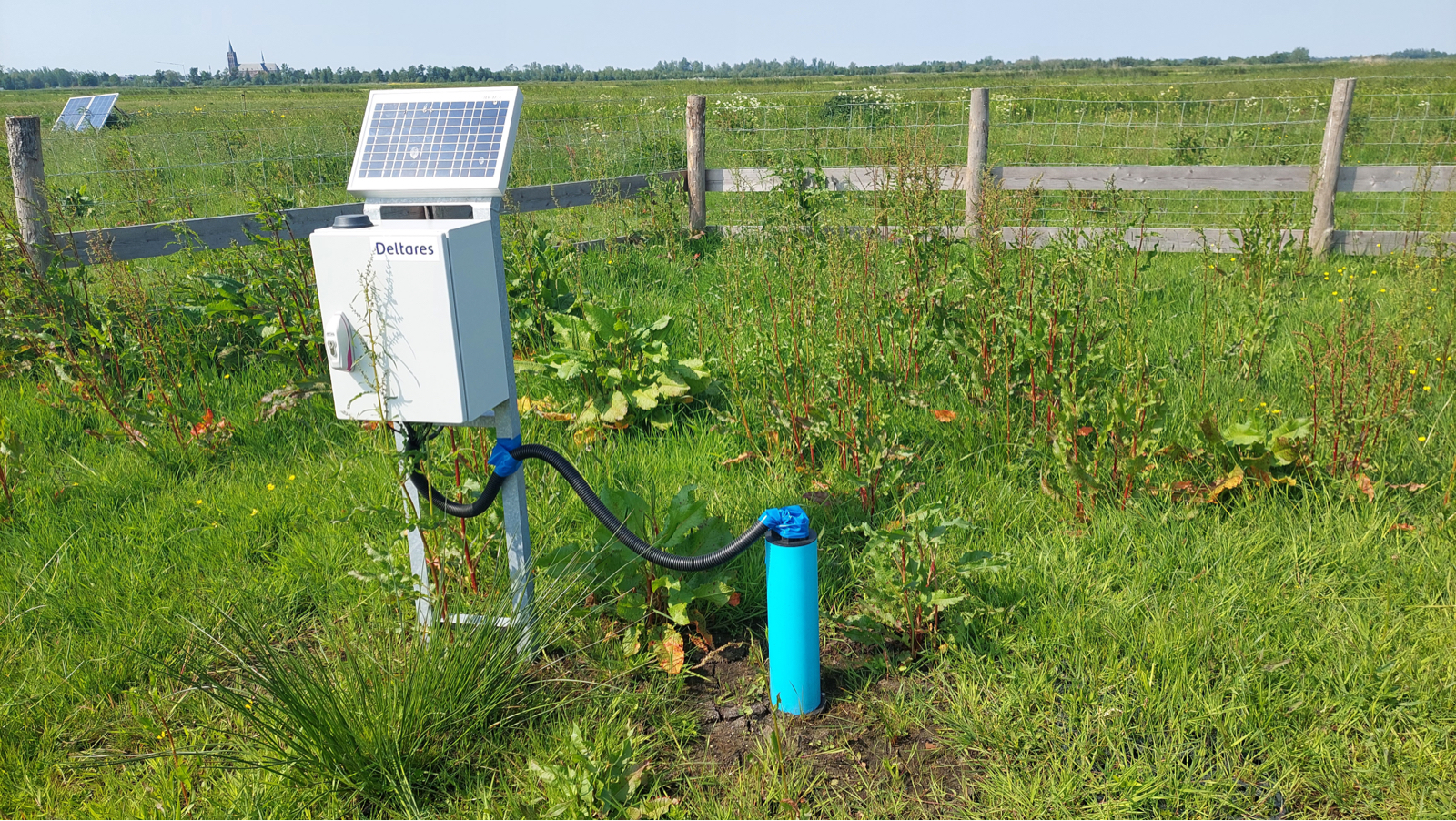
Automatic flux chambers

Eddy Covariance Flux tower and meteorological station to measure gas exchange

Automatic flux chambers

A strategic framework to tackle land subsidence
Although global awareness of land subsidence has increased over recent years, subsidence remains an ongoing and largely unsolved problem, which is exemplified by frequent discoveries of apparently new subsiding areas. This means that for many of these areas there is a continuous and growing need to provide guidance to decision makers on how to tackle this global problem. Deltares developed together with Utrecht University a step-by-step approach to address and tackle land subsidence. We identified six steps, collectively referred to as the 6M approach and shared this approach on TISOLS.
It starts with Measuring, to determine the spatial and temporal variability of the amount and rate of land movement, using different methods. This also forms the basis for understanding Mechanisms driving land subsidence, needed to develop Models to predict land subsidence. Next, information of previous steps is used to translate the amount of subsidence into the social costs it results in (Money). Moreover, previous steps may be used to develop tailor-made Measures reduce land subsidence, the effectiveness of which has to be Monitored with innovative techniques.
Working according to the 6 M's
Our research is organized around six aspects that are important when making policy for dealing with land subsidence.
- It starts with Measuring: determining how much the soil is subsiding. Deltares is building soil subsidence measurement systems at various locations in the Netherlands and abroad.
- On the basis of these Measurements, it is then possible to unravel the main mechanisms that cause soil subsidence. Only when we know which mechanisms are responsible for soil subsidence effective measures can be designed. In this way, Deltares contributes to the development of a broad knowledge base about the various processes that lead to subsidence.
- Models are used to map how much subsidence can be expected in the future.
- Money: Social cost-benefit analyses are used to map the action perspective. Deltares provides the information that makes it possible to translate the level of subsidence into the social costs that this results in.
- Deltares provides insight into the possible Measures to be taken. This involves both technical and policy measures.
- Finally, it is important to Monitor the effectiveness of the measures. Only in this way can we learn from good examples and from past mistakes.
1. Measuring
2. Understanding Mechanisms
4. Money (CBA)
3. Predictive Modelling
5. Implementation of Measures
6. Monitoring and evaluation
6M
The 6M approach, from Erkens and Stouthamer (2020).
Measuring and monitoring greenhouse gas emissions and land subsidence
Deltares has teamed up with partners to launch a research programme to measure, understand and monitor greenhouse gas emissions and land subsidence peatlands: the Netherlands research programme on greenhouse gas dynamics in peatlands and organic soils. The results are used as input for developing measures to reduce land subsidence and greenhouse gas emissions from peatlands that currently form ~4% of the national emissions. In peatlands, CO2 emissions and land subsidence are often related since both are partly driven by peat decomposition. Within the research programme, land subsidence and greenhouse gas emissions are measured at more than 20 monitoring sites in the Dutch coastal peatlands. The programme also includes geo-engineering tests to determine the compressibility and other geotechnical properties of peat. These results will be used for improved land subsidence predictions. To monitor the reduction of emissions from the Dutch peatlands, Deltares developed the SOMERS registration system with its partners. This registration system is capable to estimate CO2 emissions on parcel level for peatlands in the whole coastal zone in two scenarios: with and without measures. This system will be used in the future in the national greenhouse gas inventories.
Deltares research on land subsidence in deltas supports the Dutch mission-driven innovation programme Climate-proof rural and urban areas (MMIP C). Also, it supports SDG 15 life on land through research but also via sharing our knowledge and strengthening the international land subsidence community.
